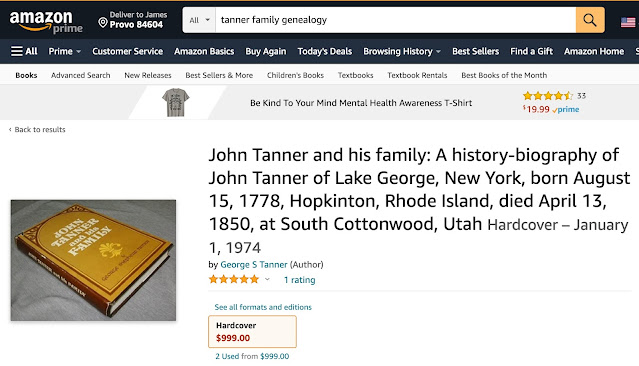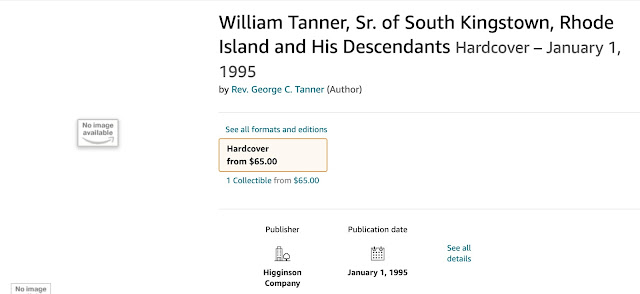I looked back on the list of my blog titles and found that the last time I wrote about what is a source was in 2015. I wrote a very long blog post that few probably understood or read completely through. If you want to try, here is the link.
https://genealogysstar.blogspot.com/2015/12/when-is-source-not-source.html
Time passes quickly when you are having fun and marching into old age. This particular subject applies to millions of online family trees and is probably the most misunderstood concept in genealogical research. I could, of course, take the position that I have already written all that there is to say on the subject of sources, but that would put me in the position of ignoring six years of changes since the last specific blog post. Considering that this is 2022, it is not unreasonable to return to an earlier topic.
Let's get started. I will have to start with the definition of a genealogical (historical) source. I decided to rewrite my definition from the original blog post, so here is my current definition of a source.
A "source" is a statement, usually written, that identifies the exact location where genealogical or historical information was found.
I may rework this definition in the future but it is sufficient for this particular blog post.
Now, let's suppose that I am looking for information about a family member and I discover a book about the Shepherd families of New England. I find some new information about my particular relative that changes something or adds something to whatever I already know about this ancestor. So, I open my particular family tree program and either add or correct the existing information. Doing this, has little or no consequence if I am working on a desktop genealogy program or have a "private" family tree online, what I say or do is known only to myself and essentially, who cares? You might want to record where you go your information so that if you come back to that entry you can find the same information but then again, only you can decide if you want to take the time to record the "source" of you own private information.
But this kind of privacy ignores the fact that you are related to a huge number of people and you are probably (better, very likely) to be duplicating the work that someone has done or might be doing during you inquiry. You will never know that you efforts in finding these gems of genealogical value are really quite useless. As it says in Ecclesiastes 3:1-2 of the King James Bible:
1 To every thing there is a season, and a time to every purpose under the heaven:
2 A time to be born, and a time to die; a time to plant, and a time to pluck up that which is planted;
As these verses imply, all that you have done on your own "private and protected" family tree will just disappear when you die. Count on it!
So what should I do to preserve what I have researched about my family? Well, that is the main purpose of the FamilySearch.org Family Tree. It is a place where information can be stored and preserved for as long as anyone can imagine ever needing to look at that information. But you say, what about all the "changes" on the Family Tree. OK, so there are changes. However, FamilySearch already has another solution if you aren't up to working in an open family tree. You can preserve your entire file by downloading or uploading you file to FamilySearch Genealogies. Here you own precious (reference to LOTR) information will be stored indefinitely and available without possibility of change to anyone who might be interested. It can also be searched.
https://www.familysearch.org/search/genealogiesBut now we have a different issue. You entered some information about one of your family members (in public or private) and now I am going to look at it and decide if I agree or not. If you tell me where you got the information, I am more likely to agree with you than not. But if I can't see where the information came from, I have to consider the information to be wrong, inaccurate, or a mistake until I spend the time to verify the information from the original source. You solve both your own problem of recording where you found the information and my problem of being able to see where you information came from by adding a source. Looking back at that book about the Shepherd Families of New England, here is what would be usually considered to be your source (or my source, or whatever).
Shepard, Gerald Faulkner, and Donald Lines Jacobus. 1971. The Shepard families of New England. New Haven: New Haven Colony Historical Society.
This is a perfectly good citation of a source using the following style accepted by most genealogists.
University of Chicago Press. 2017. The Chicago manual of style.
Although this type of reference is called a citation, it does not qualify as a source. A source would tell me where to obtain the information and with what is written in both these citations, I have no idea, without doing my own research, where I might get a copy of either.
So what if I add this to the citation:
I can click on the link and see the book. I have a source. Remember, a source is not just a citation to an authority, it is a statement telling me where you found your information.































